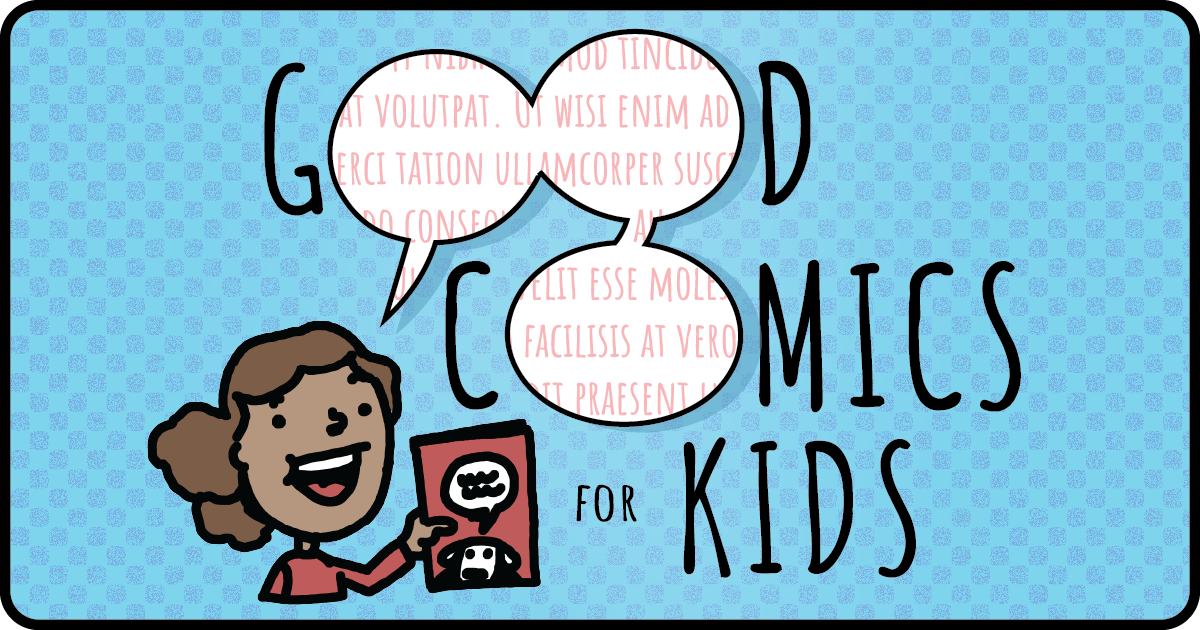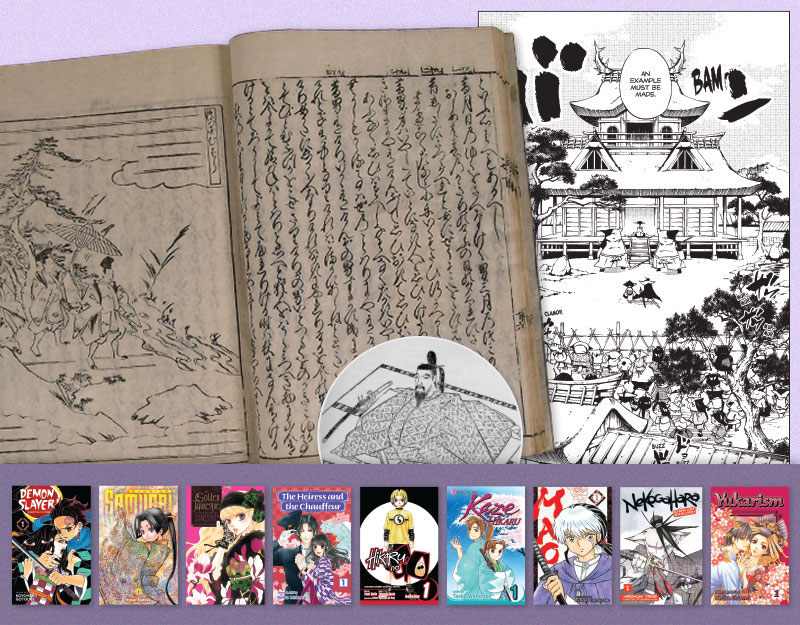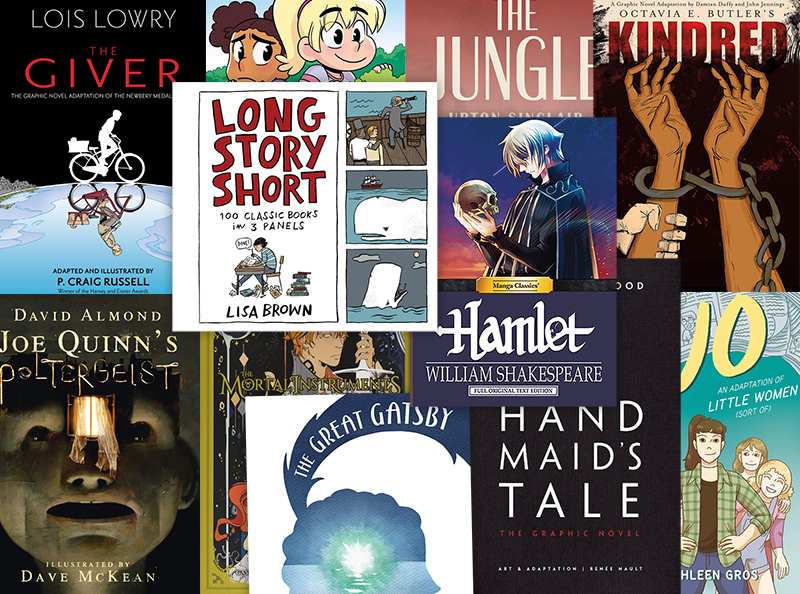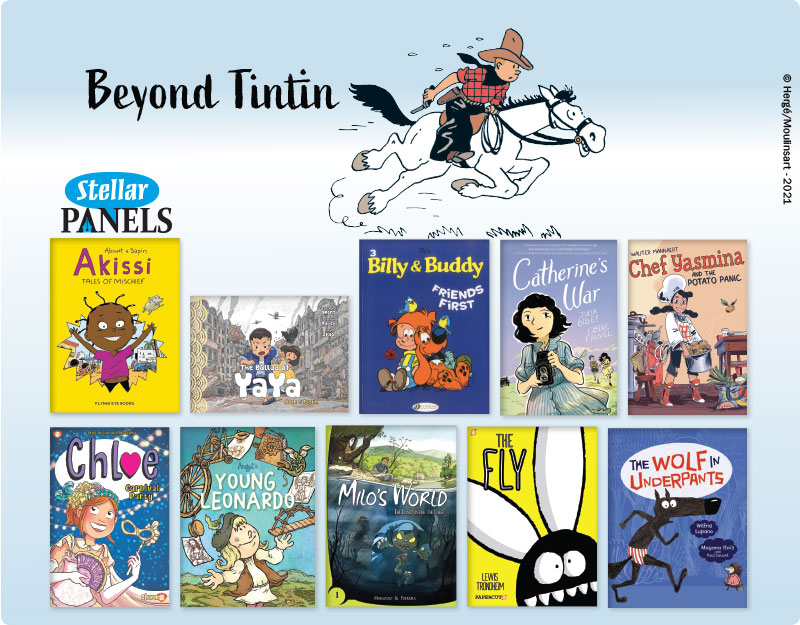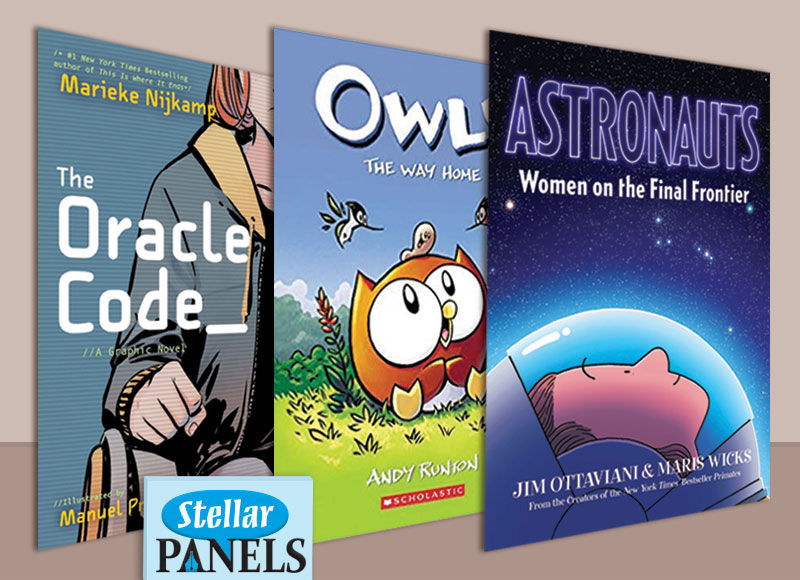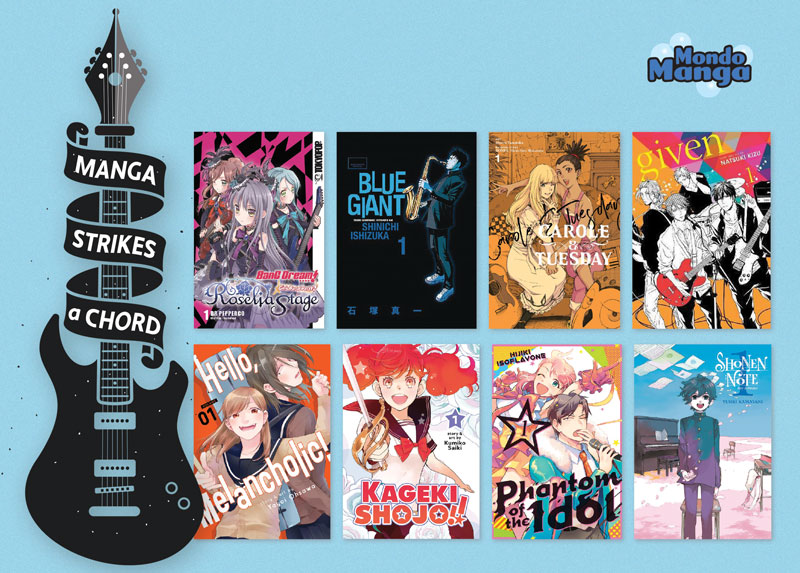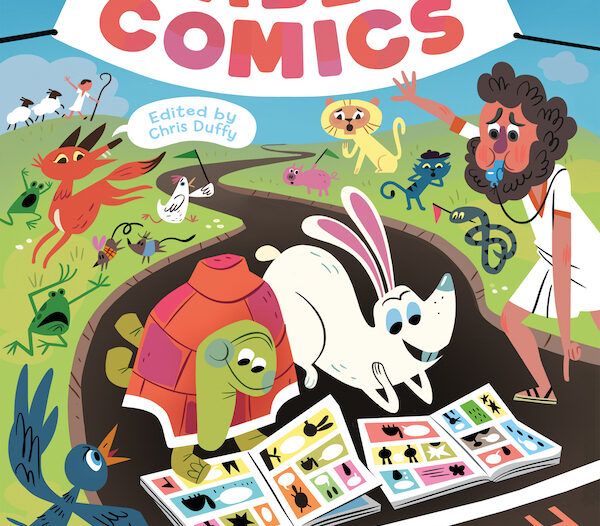
Interview: Chris Duffy on ‘Fable Comics’
 Today we have the honor of kicking off the blog tour for Fable Comics, First Second’s third anthology of short comics based on traditional tales. Like its predecessors, Nursery Rhyme Comics and Fairy Tale Comics, Fable Comics is ably edited by Chris Duffy and features comics by an array of well-known creators, including George O’Connor (The Olympians), Vera Brosgol (Anya’s Ghost), James Kockalka (Johnny Boo, The Glorkian Warrior Delivers a Pizza), and two creators who won Ignatz awards at this past weekend’s Small Press Expo, Eleanor Davis and Sophie Goldstein.
Today we have the honor of kicking off the blog tour for Fable Comics, First Second’s third anthology of short comics based on traditional tales. Like its predecessors, Nursery Rhyme Comics and Fairy Tale Comics, Fable Comics is ably edited by Chris Duffy and features comics by an array of well-known creators, including George O’Connor (The Olympians), Vera Brosgol (Anya’s Ghost), James Kockalka (Johnny Boo, The Glorkian Warrior Delivers a Pizza), and two creators who won Ignatz awards at this past weekend’s Small Press Expo, Eleanor Davis and Sophie Goldstein.
We’re starting things off with an interview with Duffy, and after that you will find a complete fable by Tom Gauld, creator of Goliath and You’re Just Jealous of My Jetpack. Check the blog tour page to see new fables and interviews every day.
ADVERTISEMENT
ADVERTISEMENT
When I think of fables, I think of Aesop’s fables, and there are plenty in this book, but there are fables from other cultures, too. How exactly do you define a “fable”?
Fables are a tradition of short tales meant to teach a lesson or make a moral point—and often there are talking animals involved. I could try to be more detailed, but really if you start reading about fables, that’s the definition you end up with. (Okay, here are some details: The tradition of fables seems to go back a long way, at least to the Panchatantra—a collection of instructional stories created to educate royalty in India around 300 BCE. Many of them appear to be sources for Aesop fables.)
The canon of fables also includes stories that riff off of the tradition of fables—the “fractured” fable, if you will. For example, Ambrose Bierce wrote parodies of fables that make fun of the famous Aesop fables but which are also perfect modern fables. His version of the “Milkmaid and Her Pail” involves a corrupt senator who imagines the huge sums he’ll get from supporting an absurd bill.
One characteristic of a fable is the moral at the end. Many of the stories in this book didn’t finish with a clearly stated moral. Was that a decision you made as an editor, that it would be optional?
Yes, I made it optional, but morals are loose in the world of fables.
The morals attached to the very same tales in different editions and versions of Aesop vary quite a bit. Many scholars think the “original” tales probably didn’t have morals. Today we’re used to seeing them at the end, but some older texts have them at the beginning. So we left it up to the cartoonist how to handle the moral. It seemed more interesting and more personal that way.
For example, John Kerschbaum’s adaptation of “The Grasshopper and the Ants” has a wonderful humane ending that’s both true to the original and also more compassionate. It’s clear the moral in John’s story is both that you should probably plan ahead, but also that your friends can forgive you for your mistakes. John didn’t write that out as a tag line, but it’s a great ending. Also, I was surprised how many times in Aesop collections the moral is a line of dialogue at the end, which is great for comics.
Did you notice that the fable comics in the book that most consistently end with a moral tag line were the Hermes fables adapted by George O’Connor? I love how George’s version of Hermes is a happy sadist who goes around chirping morals at mortals who end up getting a beat-down. Hermes’s comeuppance is a high point of the book for me, and totally faithful to a real Aesop fable.
Many of the stories in your book are pretty far from their source material. What sort of guidelines did you give the creators?
ADVERTISEMENT
ADVERTISEMENT
The only ground rules were that the comic be in the spirit of the source material—but beyond that, we were wide open to what the creators wanted to do. Why call R.O. Blechman, Graham Annable, and Eleanor Davis if you don’t want them to draw their kind of comics?
Did you decide which fables were to be included, or did you let the creators choose?
To keep things sane, I had a working list, and I usually suggested a few to each cartoonist, but some cartoonists wanted to pick their own—Mark Newgarden loves Ambrose Bierce and the Bierce fable “Man and Wart” seems to have been written just for Mark, what with the the noses and shady characters populating the story. Eleanor Davis really wanted to draw “The Old Man and Death,” which is great—but it’s so morbid we had to watch the balance of deathy themes in the rest of the book. In the case of Gregory Benton, I REALLY wanted him to adapt “The Hen and the Mountain Turtle” because I love how he draws animals and I knew he’d bring the right amount of humor and gravitas to the comic.
Greg’s great adaptation is sort of the climax of the book, if that’s possible in an anthology!
How did you line up all these great creators?
By email or phone, and in one case, by USPS. I’m lucky to have done two books in this series already (Nursery Rhyme Comics and Fairy Tale Comics), which helped the cartoonists I contacted know what I was talking about. I’m doubly lucky so many talented cartoonists contributed. I tried to contact a good mix of men and women cartoonists of different generations and styles, but all of whose work I love for one reason or another.
You have done anthologies of fairy tales, nursery rhymes, and now fables. What’s your next one going to be?
I’d love it to go on, but I think the trilogy may be as far as it goes with First Second. But I love editing anthologies like these. I’m dying (no pun intended) to edit a ghost story comics collection.
Filed under: Interviews
About Brigid Alverson
Brigid Alverson, the editor of the Good Comics for Kids blog, has been reading comics since she was 4. She has an MFA in printmaking and has worked as a book editor, a newspaper reporter, and assistant to the mayor of a small city. In addition to editing GC4K, she is a regular columnist for SLJ, a contributing editor at ICv2, an editor at Smash Pages, and a writer for Publishers Weekly. Brigid is married to a physicist and has two daughters. She was a judge for the 2012 Eisner Awards.
ADVERTISEMENT
ADVERTISEMENT
SLJ Blog Network
Happy Poem in Your Pocket Day!
This Q&A is Going Exactly As Planned: A Talk with Tao Nyeu About Her Latest Book
Parsing Religion in Public Schools
Environmental Mystery for Middle Grade Readers, a guest post by Rae Chalmers
ADVERTISEMENT

